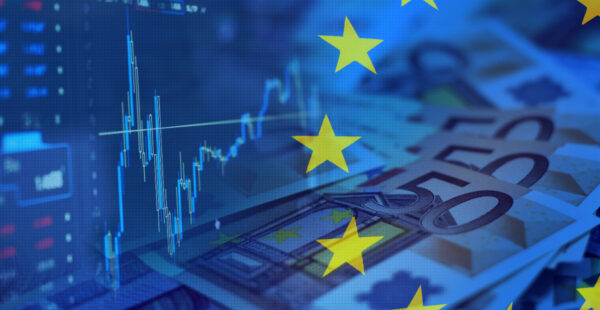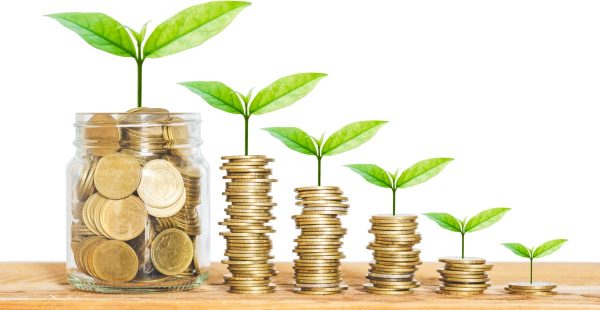Gold still has “room to run” in 2025: State Street

Gold’s “spectacular” run throughout 2024 has paved the way for it to thrive in 2025, despite Donald Trump’s US Presidential election win already spurring an investor pivot towards risk-on sentiment and US equities.
The latest market commentary from State Street Global Advisors found that the traditional ‘safe haven’ asset has accompanied investors through a year of bubbling geopolitical tensions, surging consumer demand for gold in Asia and central banks increasing their gold reserves, sending its price up to 41 new closing records in the first 10 months of the year before peaking at a record US$2,778 per ounce in October.
State Street’s gold team – including George Milling-Stanley, Chief Gold Strategist; Diego Andrade, Senior Gold Strategist; Robin Tsui, CPA, CAIA, CA, APAC Gold Strategist; and Mohamad Abukhalaf, Gold Strategist – provided three reasons to be bullish on gold and a new take on its love-hate relationship with the US dollar.
- “Strong central bank purchases of gold are expected to continue unabated, helping to offset any negative impact a strong dollar might have on price.
- Consumer demand in China and India is growing as local gold managed funds and ETFs proliferate and regulations encourage gold ownership.
- Monetary easing and the potential for the new Trump administration’s fiscal policies to raise deficits and stoke inflation should lower the opportunity cost of buying gold versus the US dollar or Treasurys
“Equity markets have had another stellar year, and the risk-on tone has been strengthened by President-Elect Trump’s pro-growth and business-friendly policies. But there’s also no shortage of anxiety about the tail risks of inflation, rising government debt, and worsening geopolitical tensions.
“We don’t see this changing and expect the secular demand trends underpinning gold’s price and its status as a safe haven to continue enhancing gold’s appeal as a core portfolio asset, even if capital markets strike a risk-on tone in 2025.
“Gold is a US dollar-denominated asset, so a stronger US currency has been a headwind at times. But that model has been broken in the past few years by unprecedented central bank buying of the precious metal.
“Central banks are on track to purchase 2,700 tons of gold since 2022, the fastest pace in recent history. Their consistent buying in the past three years, even as dollar-denominated gold prices have surged, suggests central banks have been motivated by long-term strategic considerations more than price sensitivity. We expect them to continue adding to their gold reserves in the year ahead.
“Gold’s inverse relationship with the US dollar also has been misunderstood over the years. Since 1973, gold has posted average cumulative returns of 133% during US dollar bear markets and -9% during periods of dollar strength. History would suggest that over the long-term, the benefit of holding gold to protect against currency weakness has the potential to outweigh any drag from currency strength.
“In fact, the US dollar is as strong today as it was at the turn of the century, while gold has appreciated 813% in the same period.”
The commentary also suggested three scenarios put forward by State Street depending on how Trump’s administration and policies eventuate:
- “Base Case (50% Probability): Gold has a potential trading range between US$2,600/oz and US$2,900/oz. Under this scenario US growth continues to surprise to the upside, causing inflation metrics to remain higher than expected, and the fed funds rate to stay higher than the projected 3.25% to 3.50% from September 2024. In this case, gold-backed ETF flows fluctuate throughout the year. Meanwhile, consumer demand for gold in Asia remains steady, while robust central bank gold buying creates a “soft floor” on the precious metal’s price.
- Bull Case (30% Probability): Gold trades between US$2,900/oz and US$3,100/oz. This occurs if US growth slows down enough to create weakness in the labor market, enabling the Fed to cut rates to 3.25% to 3.5% by the end of 2025. Gold-backed ETF inflows are mostly positive all year and consumer demand for gold in Asia strengthens as lower rates weaken the US dollar. Central banks continue to buy gold.
- Bear Case (20% Probability): Gold trades between US$2,200/oz and US$2,600/oz if US growth accelerates far more than expected, as the new administration’s business-friendly initiatives strengthen the manufacturing sector. Sturdy growth puts pressure on inflation, causing the Fed to pause on rate cuts, and higher interest rates strengthen the US dollar as foreign flows into US assets increase. Meanwhile, Asia demand weakens in the short-term due to prolonged US dollar strength. Gold-backed ETFs experience outflows, but gold’s price finds a floor from continued robust central bank buying.”











So someone in India who isn't licensed provided personalised financial advice and ASIC's response is to tell them to be…
Seeking Regulatory relief from Regulation. Industry Super Funds want to control $1.6 Trillion $$$ and ever growing with almost zero…
If Kalkine has officially been released and operates under a legitimate license to provide general advice, it raises an important…
Not sure what they're seeking regulatory relief from. In my view is they get tickled with a warm lettuce leaf…
Will they ever be named & shamed, fined and banned for life ??? Unlikely hey ASIC & APRA, especially for…